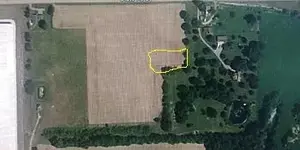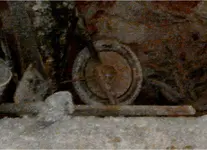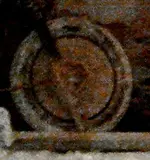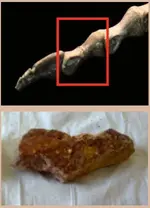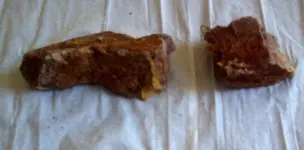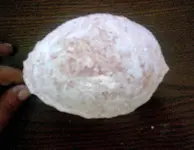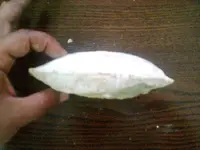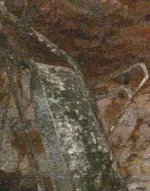Here is from my file of definitions for suspected targets, red of course, is generally from searches which are NOT gold or silver specific.
"[FONT=Verdana,Arial,Tahoma,Calibri,Geneva,sans-serif]Red circle is to mark areas, of loose or surface coins/treasure and artifacts of value, down to 1-2 feet deep.
Red line box (or solid filled circles) for very deep coins/treasure or artifacts of value."
"[FONT=Verdana,Arial,Tahoma,Calibri,Geneva,sans-serif]Orange line box (or solid filled circles) for deeper man made gold objects or pocket gold in veins.
Orange outline circles, for man made gold objects from surface down to 1-2 feet or shallow rich native gold."
"[FONT=Verdana,Arial,Tahoma,Calibri,Geneva,sans-serif]Green in general is a color indicator, I use for various other targets mostly archaeological (old ruins or foundations but especially those non-metallic objects such as Indian flints, glass, pottery, carved stone with treasure signs)"
"[FONT=Verdana,Arial,Tahoma,Calibri,Geneva,sans-serif]Turquoise (or aqua blue) circles for paper currency, usually hidden in the ground as a cache"
"[FONT=Verdana,Arial,Tahoma,Calibri,Geneva,sans-serif]Blue line box (or solid filled circles) for deeper silver targets.
Blue circle is to mark areas of loose or surface silver coins/treasure, down to 1-2 feet deep."
[/FONT][/FONT][/FONT][/FONT][SUB][SUP]"[/SUP][/SUB][FONT=Verdana,Arial,Tahoma,Calibri,Geneva,sans-serif]Lilac colored line box (or solid filled circles) for rough (uncut) crystals and gemstones, jewels (cut, polished or faceted), pearls"
"[FONT=Verdana,Arial,Tahoma,Calibri,Geneva,sans-serif]White in general is a color indicator, I use for natural caves or man made tunnel entrances and mine shafts, other similar type excavations (including old wells, tombs, etc.)."[/FONT][/FONT][SUB][SUP]
[/SUP][/SUB][/FONT]
